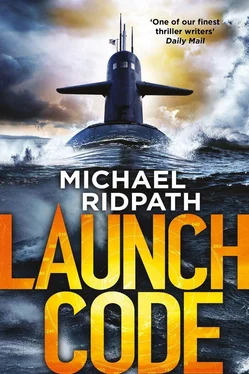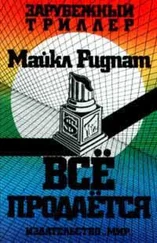He gave himself a moment. Was he sure he should do this?
He would probably be charged with breaking the Official Secrets Act if he was caught, although he had no intention of being caught. And the fact he wasn’t a US citizen might help if the worst came to the worst.
He had discussed it with Alice, who had been worried about the risks. But she was also proud that he wanted to do it.
Toby could still pull out. Bill had never put any pressure on him to follow the suggestion he had made on the beach at Barnholt. But Toby felt an obligation to the man who had decided to risk his life by staying with him on the cliffs at Hunstanton.
He also felt a sense of obligation to Lars. Both Lars and Bill were brave men, and their bravery deserved to be remembered.
He took a breath and dialled the number.
‘Hello?’
‘Hi. Is this Charles Laverick at the Investigative Journalists’ Cooperative?’
‘Yes, it is.’ The accent was American. ‘With whom am I speaking?’
‘My name is Ed,’ Toby said. ‘I’m speaking on behalf of a former US Navy Lieutenant named Lars da Silva. I have some information you may find interesting. It’s about what happened on board the nuclear submarine USS Alexander Hamilton in November 1983. About how the world nearly came to an end.’
The launch procedures for nuclear missiles on US Navy submarines in the 1980s were, understandably, top secret.
While there are no detailed descriptions of launch and other operational procedures in the 1980s publicly available, there are a small number before and after, and I have relied heavily on these. These are: Three Knots to Nowhere , a memoir by Ted Dubay (1960s); the film Crimson Tide and the novel by Richard Henrick (1990s); Big Red: three months on board a Trident nuclear submarine by Douglas Waller (early 2000s) and the excellent novel The Trident Deception by Rick Campbell, a former ballistic missile submarine commander (2010s).
The procedures in force in the 1980s were in some important respects different from those described later once the Cold War had ended, and I have tried to infer these differences as best I can. If I have made mistakes, I apologize, especially to those who actually served on nuclear submarines at that time.
There are elaborate procedures set up in all nuclear nations’ armed forces to prevent an accidental nuclear war, and by and large these have worked. But the last line of defence when the machines and the procedures screw up is human common sense. I came across nine near accidental launches during the Cold War relating to humans overriding messages from the system to launch a nuclear war. All of these were covered up initially. There must have been more that have remained secret.
All of these instances took the form of cock-up followed by cover-up, rather than conspiracy. This seems to me far more credible and indeed inevitable than a rogue actor or state causing a nuclear war. It’s a little scary.
I should like to thank the following people for their help: Wing Commander Brian Pratt, Ann Estin, Commander John F. Howard U.S. Navy retired, Eric C. Baatz U.S. Navy Retired, U.S. Navy veteran Richard Alan Dow, Caroline Driggs, Peggy Roberts, Andres Kabel, Donna Cansdale, Wayne Leiniger, Nicky Lovick , my agents Oli Munson and Florence Rees and my editor Susannah Hamilton at Atlantic Books. And, as always, Barbara.












